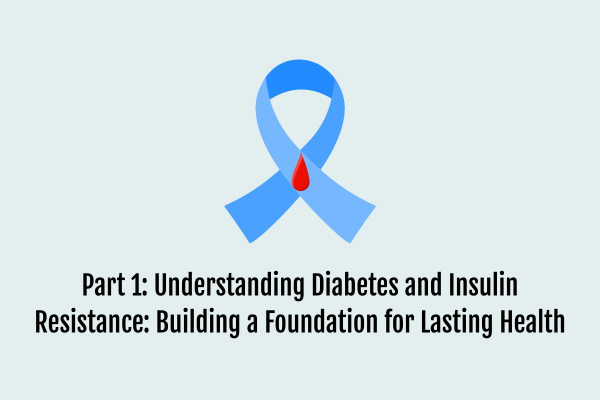How to Fuel for Fall Sports: An Athlete’s Guide
Points By Erin Tomer, MS, CNS, LDN | North Hills Dietitian
Reviewed by Sina D'Amico, RDN, LDN | Tampa Dietitian
As fall sports kick off, athletes face increased demands on their schedules and bodies. Proper fueling is essential—not just for performance and injury prevention, but also for the pure joy of participating. A well-fueled athlete is a happy athlete! Here’s your quick guide to mastering the foundations of nutrition for fall sports.
1. Build Three Major Balanced Meals Daily
During training and competition, aim to create a “performance plate” for each meal. This means filling half your plate with carbohydrates, a quarter with protein, and a quarter with colorful produce, topped off with healthy fats for flavor and satiety.
Carbohydrates: These are the primary fuel source for your muscles and brain, whether you’re engaged in low or high-intensity activity. Good options include fruits, starchy vegetables (like potatoes and carrots), grains (such as rice and pasta), and legumes.
Proteins: Essential for muscle growth and repair, protein can be found in meats, poultry, fish, eggs, dairy, as well as plant-based sources like legumes and soy products (tofu and tempeh).
Fats: Healthy fats provide long-term energy, aid recovery, and support nutrient absorption. Include avocados, nuts, seeds, olives, and olive oil in your meals.
2. Practice Consistent Hydration
Instead of flooding your system with water, aim to “graze” throughout the day. A general guideline is to drink half of your body weight in oz daily, adjusting as necessary based on activity level. A good indicator of hydration is pale yellow urine.
Hydrating fluids can include:
- Water
- Sparkling water
- Electrolyte drinks
- Smoothies
- Juices
- Soups
Incorporate hydrating foods into each meal or snack—think non-starchy fruits and vegetables!
3. Optimize Meal and Snack Timing
Athletes thrive on properly timed meals and snacks. Aim for three major meals and strategically spaced pre- and post-game snacks.
Pre-Game: A balanced meal 3-4 hours before the game should focus on carbohydrates and protein. For a quick boost closer to game time (30-60 minutes prior), try hydrating fruits like apples or grapes, or a rice cake with fluids.
Post-Game: Snack within 45 minutes post-game to kickstart recovery. Focus on a full, balanced meal within 2 hours, emphasizing protein, carbohydrates, and plenty of colorful produce.
4. Adapt to the Season
As temperatures drop during outdoor sports, your body may require more calories to maintain warmth. Embrace warming dishes like slow-cooked meats, stews, roasted vegetables, and porridge.
Make the most of seasonal fall produce! Foods like carrots, beets, potatoes, apples, and pears are rich in carbohydrates, vitamins, and minerals vital for recovery.
5. Honor Individuality
Youth and teen athletes have unique dietary needs that increase during training and competition. Emphasize carbohydrates for energy and protein for recovery. Regularly assess performance and energy levels, adjusting intake as needed.
By following these tips and emphasizing consistency, you’ll not only meet the demands of fall sports but also enjoy the journey. Fuel up and make this season your best yet! For more personalized support, consider scheduling a consultation with a registered dietitian.
Try our dietitian match feature to connect with a Case Specific Dietitian. Let’s work together to create a nutrition plan that supports your sports performance and overall health!
In the Tampa area? Come see us located in Tampa Bay Total Wellness. Address: 300 S Hyde Park Ave Suite 210 Tampa, FL 33606
The information provided in this blog is for educational purposes only and is not intended to diagnose, treat, cure, or prevent any medical condition. This content is not medical advice and should not be used as a substitute for professional medical care. If you have any health concerns or medical conditions, please consult with a qualified healthcare provider before making any changes to your diet or lifestyle.


.png)
.png)

.webp)

